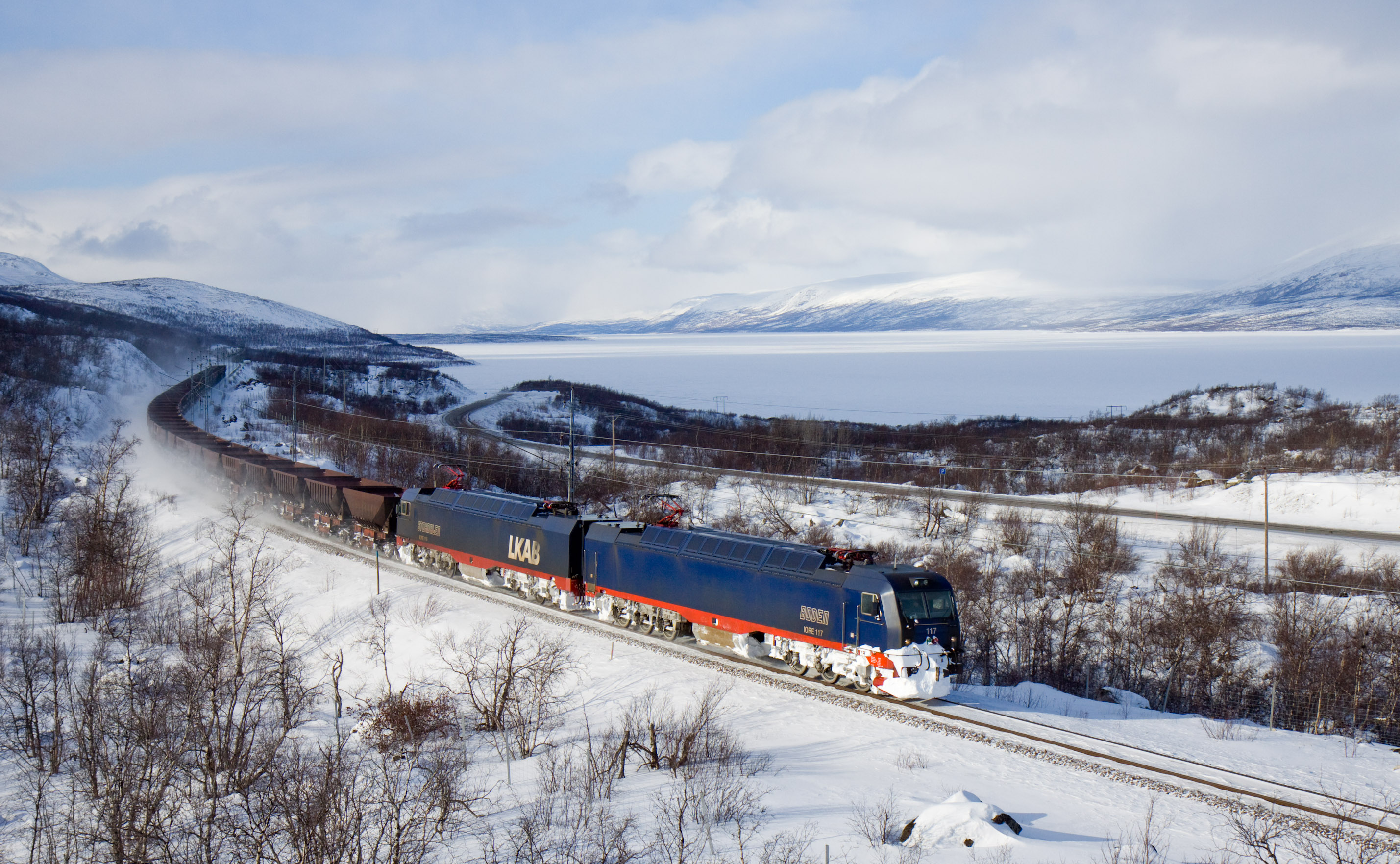roger1818
Senior Member
Hydrogen is high opex, batteries are high capex. So with sufficient traffic on a corridor, catenary makes sense to achieve opex savings or capex savings.
Catenary is also high capex per km where as battery is high capex per locomotive, so the cutoff between the two depends on the distance travelled and frequency of service.






